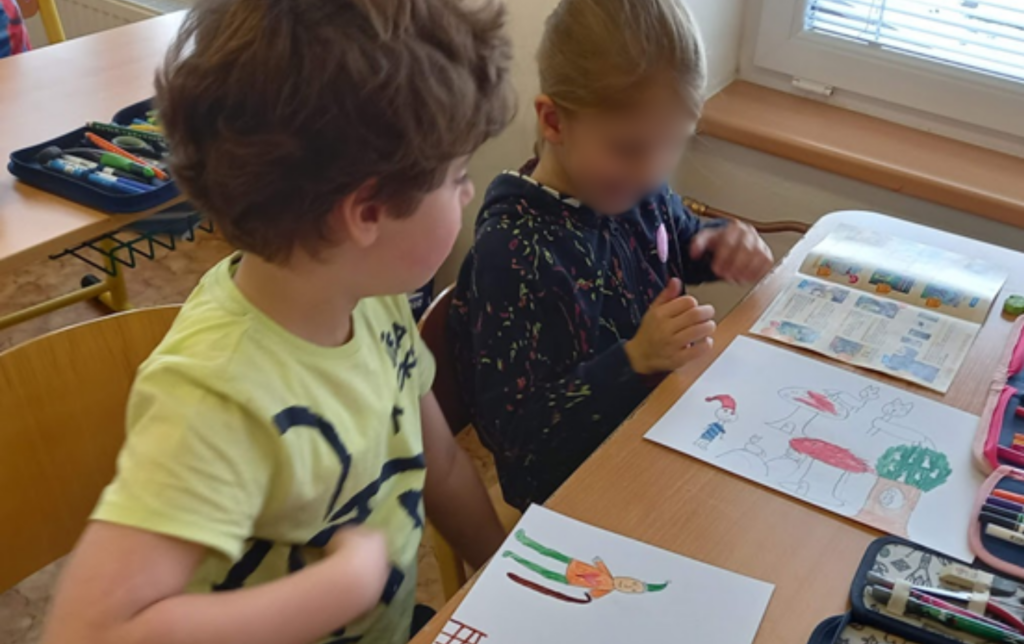Sound of Stories testing phase: Unveiling the Impact of Sound in Learning
In the ever-evolving landscape of early education, educators are constantly exploring innovative methods to engage young minds and create a conducive learning environment. One of these innovative approaches is the integration of sound into educational programmes for children. This article explores the testing and positive outcomes of integrating audio elements and audio stories in early education, shedding light on its multifaceted benefits.
The Age-Appropriate Advantage:
One of the key findings of the testing phase was the undeniable effectiveness of the audio component in catering to the age group. This critical developmental stage witnesses rapid cognitive and sensory growth, making children highly receptive to auditory stimuli. The incorporation of sound into educational activities proved to be an engaging and impactful way to captivate young learners’ attention, fostering a more immersive and effective learning experience.
Educators’ Enthusiasm:
Throughout the testing phase, educators emerged as vocal advocates for the integration of sound in early education. Their feedback reflected a unanimous sentiment of positivity, with many expressing a desire for dedicated courses and training in audio-based pedagogy. This enthusiasm stems from the observation that sound-enhanced activities not only captured children’s interest but also facilitated a more interactive and participatory classroom environment.
A Gateway to Positive Discipline:
One notable aspect highlighted by educators was the positive impact of sound-enhanced exercises on cultivating discipline among young learners. Several teachers identified these activities as valuable tools for teaching students the importance of sitting and actively listening to each other. The structured nature of audio-based exercises provided an effective form of “school training,” laying the foundation for essential skills such as focus, attention, and respectful communication.
Exercises as Building Blocks:
The tested audio-based exercises were identified as more than just engaging activities; they were recognized as valuable building blocks for holistic child development. The integration of sound not only enhanced cognitive abilities but also contributed to the emotional and social growth of young learners. Educators observed a positive correlation between participation in audio exercises and improved cooperation, teamwork, and empathy among students.
Conclusion:
In the Sound of Stories for early education, the harmonious blend of sound has proven to be a transformative element. The positive outcomes observed during the testing phase underscore the potential of audio-based pedagogy to revolutionize the learning experience. Educators’ resounding endorsement of these methods, coupled with their identification of sound-enhanced exercises as effective discipline tools, highlights the need for further exploration and integration of auditory elements in early education curricula. As we embark on this melodious journey, the sweet chords of knowledge and engagement are sure to resonate in the hearts and minds of our youngest learners.
